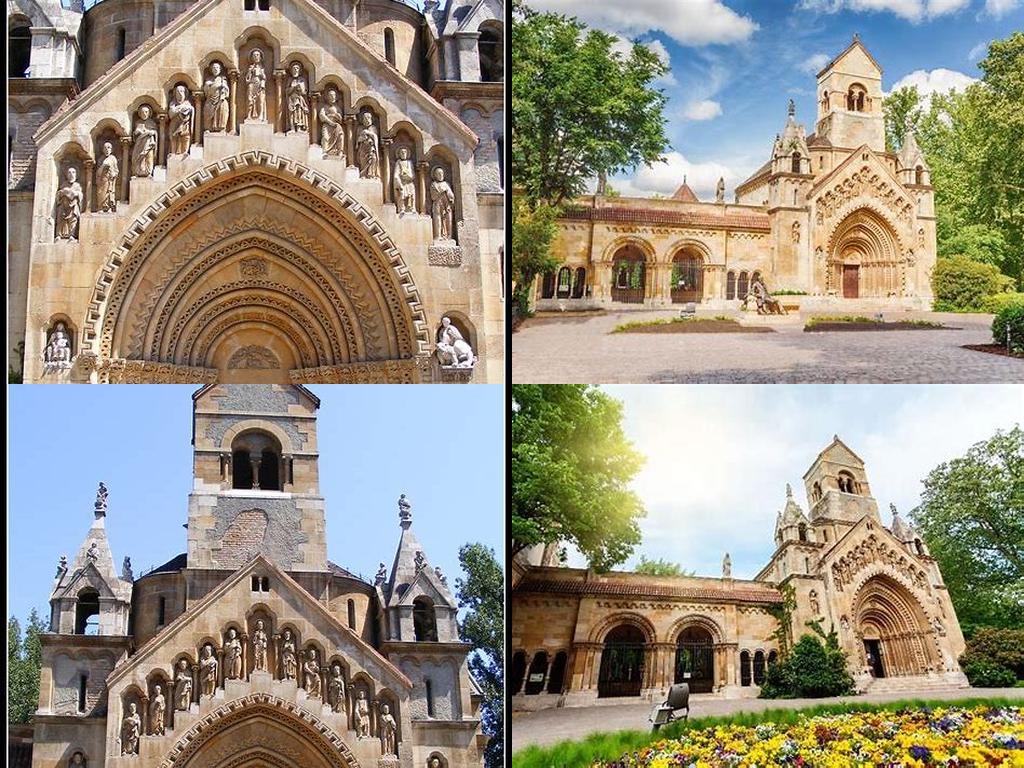
Jáki kápolna, perched peacefully within the sprawling green embrace of Budapest’s City Park, is a pocket-sized gem that has quietly charmed lovers of Hungarian history and architecture for nearly a century. Most visitors, lost in the excitement of Heroes’ Square or the steamy allure of Széchenyi Baths, wander right past this little chapel without a second glance. But those who pause and wander in are treated to a curiously intimate slice of the past—a spiritual echo that bridges urban life with the medieval glories of Ják, a tiny village almost at the border with Austria.
What makes the Ják Chapel in Budapest so fascinating isn’t just its aesthetic perfection; it’s the story tucked into every carved stone. Back in the early twentieth century, as Hungary was flexing its cultural muscles in anticipation of the 1896 Millennium Exhibition, the powers-that-be were determined to showcase the country’s finest architectural achievements. Enter the original Benedictine abbey of Ják—an immense Romanesque church in western Hungary, renowned since the 13th century for its elaborate portal, soaring nave, and intricate stonework. But the original was far from Budapest, and so the inspired decision was made: let’s create a replica in the city park. Meticulously built between 1904 and 1908 under the guidance of Alajos Hauszmann, the replica chapel is an ode—a love letter, really—to the spirit of medieval Hungarian craftsmanship.
While the outside is arresting, with its lavish Romanesque doorway and sculpted biblical figures (they’re not quite as stern as their medieval cousins; look closely at their placid faces), the real treat is stepping inside. There’s a remarkable stillness in the nave, as if modern Budapest, with all its bustle and traffic, has melted away—and instead you’re transported straight into the heart of 13th-century Hungary. Sunlight pours through the old-school windows, glinting off mellowed stones, while the delicate acoustics bounce whispers around the tiny interior. You don’t need to be an architecture buff to marvel at the craftsmanship: thick pillars, semicircular arches, and remnants of frescoes reach out across the centuries.
It’s almost easy to forget that this is a replica, but there are small clues—a subtle modernity to the construction, the Hungarian-language information plaques, the fact that the chapel is somewhat smaller than the monastic giant that inspired it. But none of this detracts from the experience; if anything, it adds to the feeling that you’ve stepped into a lovingly-crafted reminder of the country’s artistic roots. The Ják Chapel’s location, almost hidden within City Park, also means you’ll often have the place to yourself; this isn’t one of those attractions packed with tour groups and selfie sticks. Instead, you might share the silence with a lone violinist practicing, or a couple quietly taking in the surroundings.
Choices abound in this part of Budapest—you could easily spend your day entirely in City Park, wandering from the luminous Vajdahunyad Castle to the dreamy Károlyi garden and winding up beneath the ancient arches of Ják Chapel. Fans of history, lovers of architectural oddities, or just those needing a peaceful spot to reflect will find themselves gently drawn into the chapel’s story. If you’re the sort of traveler who likes to go just a step off the beaten track, seeking out places that speak in whispers rather than shouts, then the Ják Chapel is not to be missed. It’s proof that even among the grand spectacles, there’s always joy in finding the beautifully subtle.





